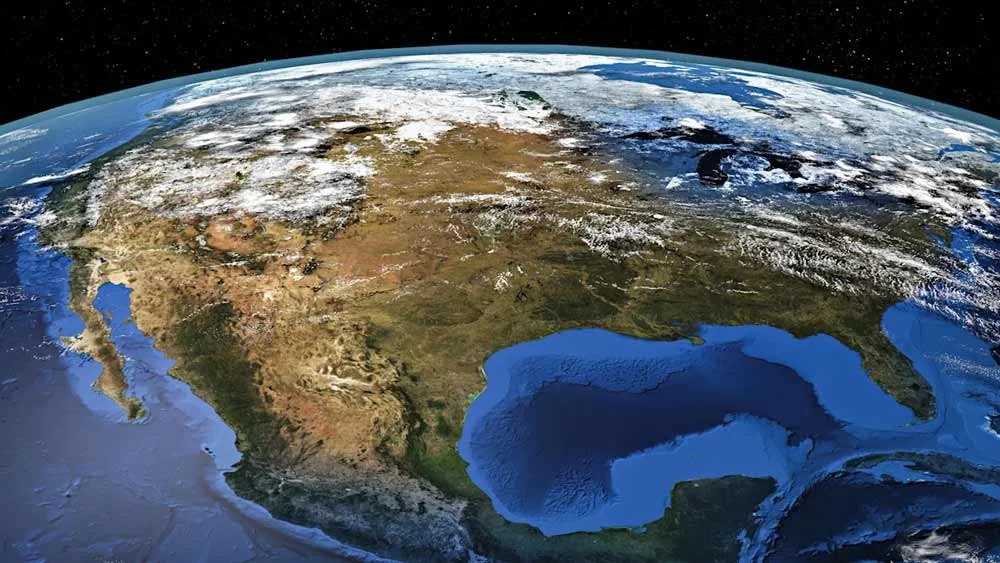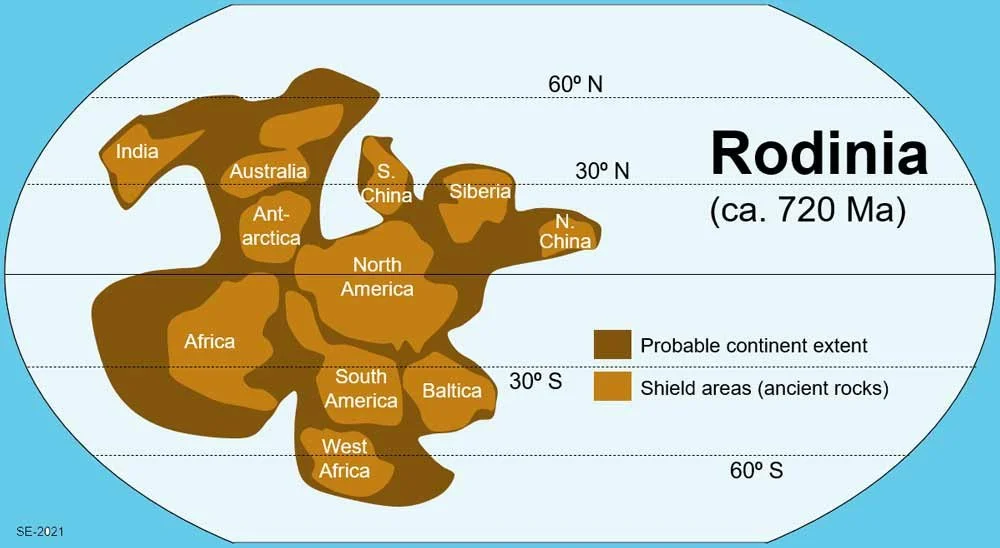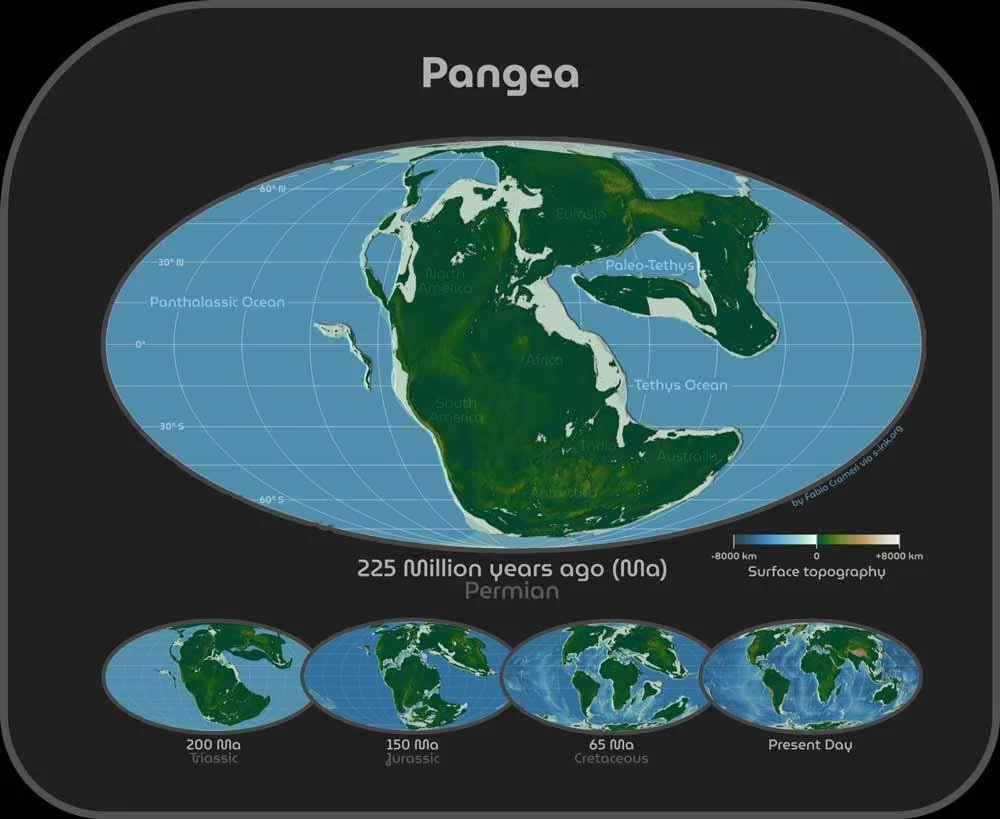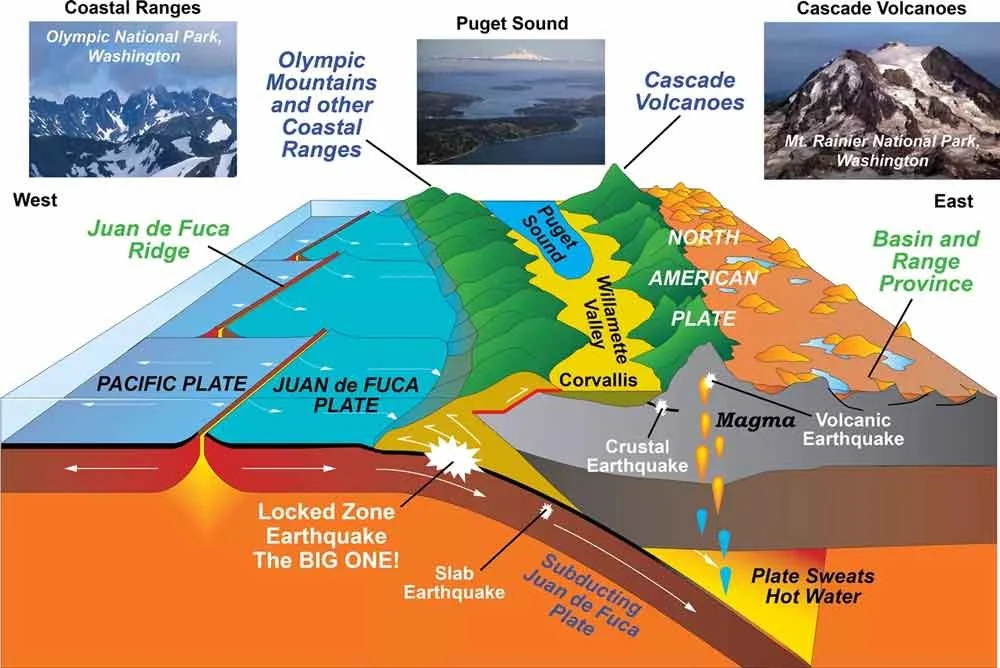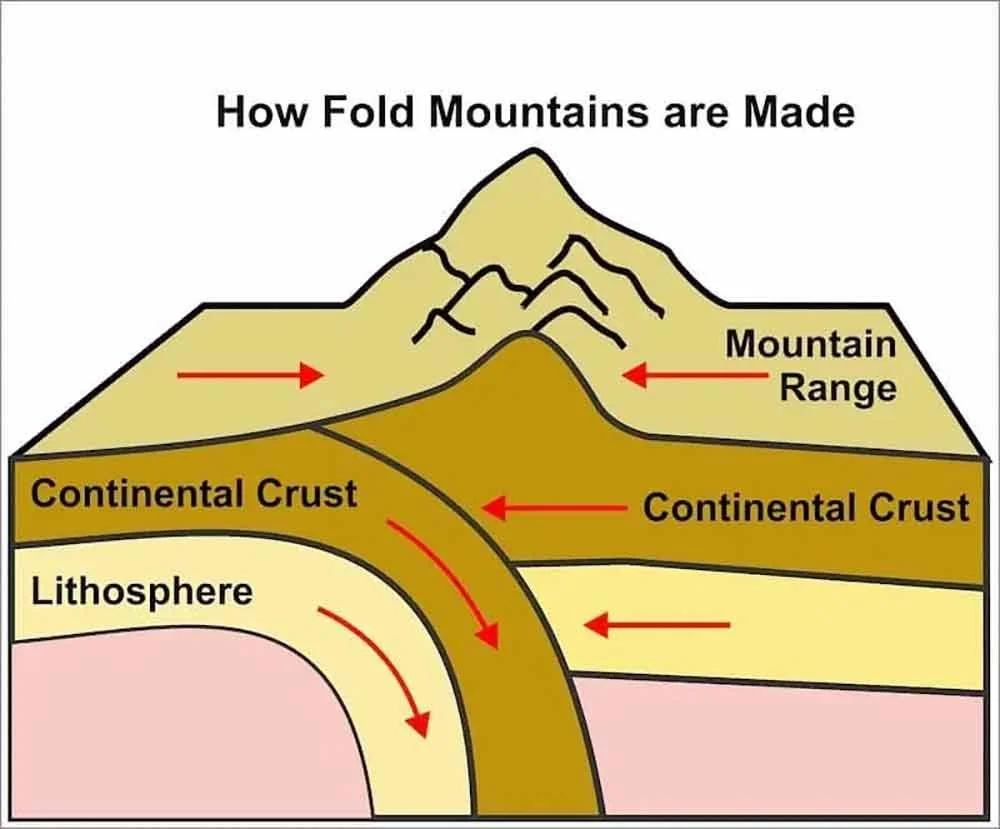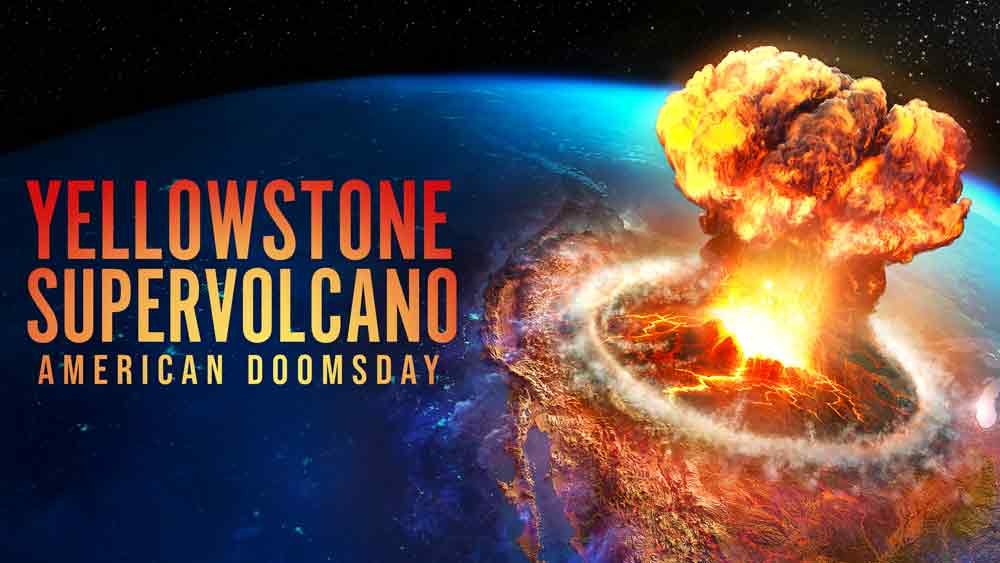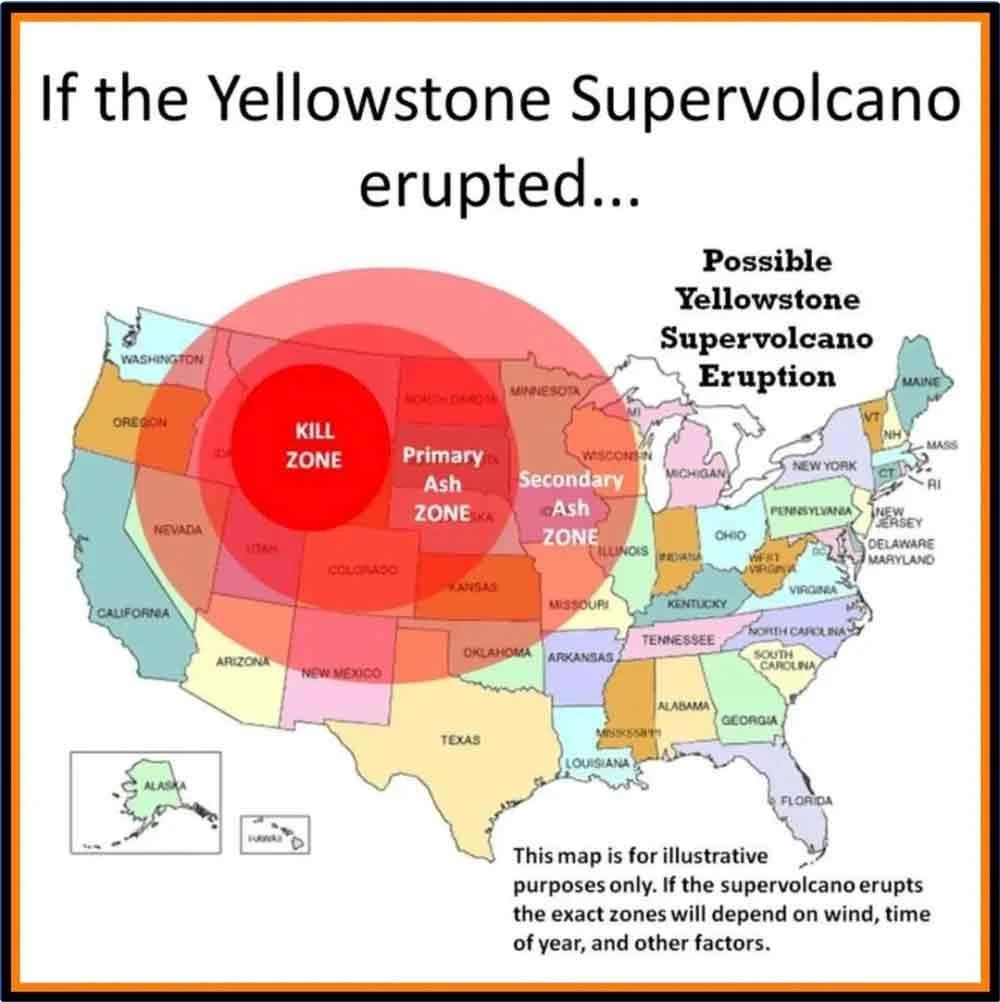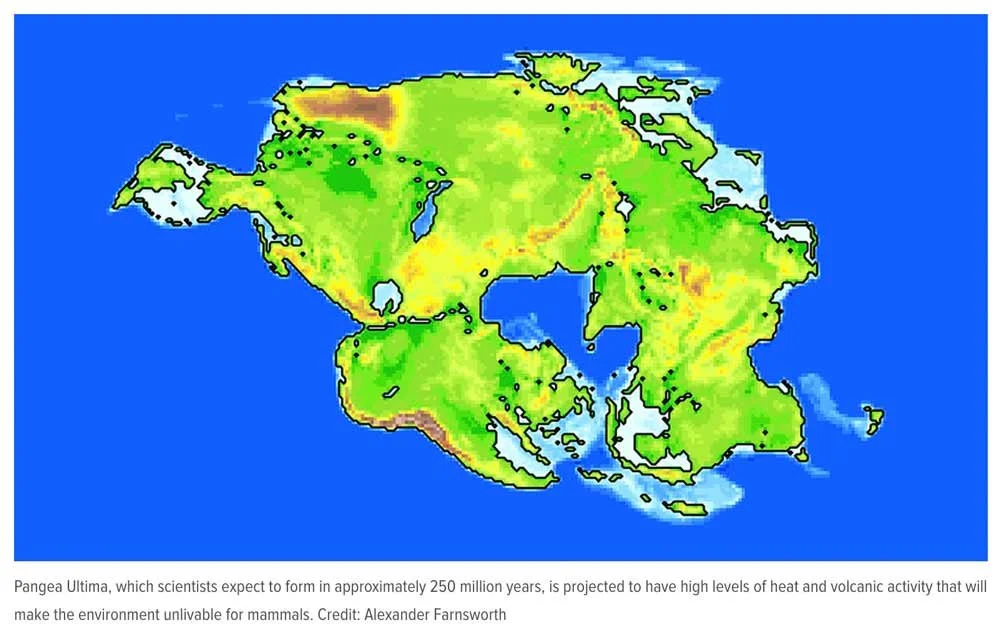How North America got its shape
The geography of our planet is “in flux.” What do you think “in flux” means?
The landscape of North American formed over how many years?
What was the name of the supercontinent 750 million years ago?
How long ago did the supercontinent of Pangea form?
How long ago did the Southern Atlantic Ocean open up?
What is subduction? (Hint: The Farallon Plate's greater density makes it sink beneath North America.)
What river helped create the Grand Canyon?
When the Pacific and North American plates converged what did they create? (Hint: Until the age of 10, Dr. Cat lived right on top of this. Literally.)
When did the Yellowstone supervolcano last erupt?
What might happen if the Yellowstone supervolcano does erupt?
• Read •
How North America got its shape
The geography of our planet is in flux
Each continent has ricocheted around the globe on one or more tectonic plates, changing quite dramatically with time.
Today, we'll focus on North America and how its familiar landscape and features emerged over hundreds of millions of years.
750 Million Years Ago
Our story begins about 750 million years ago.
As the super continent Rodinia becomes unstable, it rifts along what's now the west coast of North America to create the Panthalassa Ocean.
You're seeing an ancestral continent called Laurentia, which grows over the next few hundred million years as island chains collide with it and add land mass.
400-250 Million Years Ago
We're now at 400 million years ago.
Off today's east coast, the massive African plate inches westward, closing the ancient Iapetus Ocean.
It finally collides with Laurentia at 250 million years to form another supercontinent Pangea.
The immense pressure causes faulting and folding, stacking up rock to form the Appalachian Mountains.
Let's fast forward a bit.
150 Million Years Ago
About 100 million years later, Pangea breaks apart, opening the Southern Atlantic Ocean between the new North American Plate and the African Plate.
We forge ahead, and now the eastward-moving Farallon Plate converges with the present-day west coast.
The Farallon Plate's greater density makes it sink beneath North America.
This is called subduction, and it diffuses water into the magma-filled mantle.
That lowers the magma's melting point and makes it rise into the overlying North American plate.
From a subterranean chamber, the magma travels upwards and erupts along a chain of volcanos.
Magma still deep underground slowly cools, crystallizing to form solid rock, including the granite now found in Yosemite National Park and the Sierra Nevada Mountains.
We'll come back to that later.
85 Million Years Ago
Now, it's 85 million years ago.
The Farallon Plate becomes less steep, causing volcanism to stretch eastward and eventually cease.
As the Farallon Plate subducts, it compresses North America, thrusting up mountain ranges like the Rockies, which extend over 3,000 miles.
• The Rockies are fold mountains.
Soon after, the Eurasian Plate rifts from North America, opening the North Atlantic Ocean.
We'll fast forward again.
The Colorado Plateau now uplifts, likely due to a combination of upward mantle flow and a thickened North American Plate.
In future millennia, the Colorado River will eventually sculpt the plateau into the epic Grand Canyon.
30 Million Years Ago
30 million years ago, the majority of the Farallon Plate sinks into the mantle, leaving behind only small corners still subducting.
The Pacific and North American plates converge and a new boundary called the San Andreas Fault forms.
Here, North America moves to the south, sliding against the Pacific Plate, which shifts to the north.
This plate boundary still exists today, and moves about 30 millimeters per year capable of causing devastating earthquakes.
The San Andreas also pulls apart western North America across a wide rift zone.
This extensional region is called the Basin and Range Province, and through uplift and erosion, is responsible for exposing the once deep granite of Yosemite and the Sierra Nevada.
15 Million Years Ago to TODAY
Another 15 million years off the clock, and magma from the mantle burns a giant hole into western North America, periodically erupting onto the surface.
Today, this hotspot feeds an active supervolcano beneath Yellowstone National Park.
It hasn't erupted in the last 174,000 years, but if it did, its sheer force could blanket most of the continent with ash that would blacken the skies and threaten humanity.
The Yellowstone supervolcano is just one reminder that the Earth continues to seethe below our feet.
Its mobile plates put the planet in a state of constant flux.
In another few hundred million years, who knows how the landscape of North America will have changed.
• 250 million years in our future: Pangea Ultima
As the continent slowly morphs into something unfamiliar, only geological time will tell.
Ancestral - from long ago ancestors; very old
Boundary - the line where two things meet
Cease - stop completely
Compresses - squeezes or pushes together
Converges - comes together or meets
Crystallizing - when liquid slowly turns into solid crystals
Density - how heavy something is compared to its size
Devastation/devastating - causing terrible damage
Diffuses - spreads out or mixes in
Emerged - came up or appeared
Extensional - stretching or pulling apart
Faulting - when rocks crack and break
Flux - constant change or movement
Geological time - the extremely long periods of time it takes for Earth changes to happen
Granite - a hard type of rock
Hotspot - a place where hot magma comes up from deep inside Earth
Magma - melted rock inside the Earth
Majority - most of; more than half
Mantle - the hot layer of rock inside the Earth
Melting point - the temperature when something turns from solid to liquid
Millennium/millennia - one thousand years/more than one thousand years
Mobile - able to move
Morphs - slowly changes shape
Periodically - happening from time to time
Ricocheted - bounced back and forth quickly
Rifts - splits or breaks apart
Sculpt - to carve or shape
Seethe - bubble and move around (like boiling water)
Sheer - complete; total
Subduction - when one tectonic plate slides under another
Subterranean - underground
Supercontinent - a huge landmass made when several continents join together
Supervolcano - an extremely large volcano
Tectonic plates - giant pieces of Earth's outer layer that move very slowly
Uplifts - rises up or is pushed upward
Volcanism - volcanic activity; when volcanoes are active
► COMPREHENSION QUESTIONS
— please answer with complete sentences
The geography of our planet is “in flux.” What do you think “in flux” means?
The landscape of North American formed over how many years?
What was the name of the supercontinent 750 million years ago?
How long ago did the supercontinent of Pangea form?
How long ago did the Southern Atlantic Ocean open up?
What is subduction? (Hint: The Farallon Plate's greater density makes it sink beneath North America.)
What river helped create the Grand Canyon?
When the Pacific and North American plates converged what did they create? (Hint: Until the age of 10, Dr. Cat lived right on top of this. Literally.)
When did the Yellowstone supervolcano last erupt?
What might happen if the Yellowstone supervolcano does erupt?
► From EITHER/OR ► BOTH/AND
► FROM Right/Wrong ► Creative Combination
THESIS — Argue the case that it is highly unlikely the Yellowstone supervolcano will erupt any time soon, so it’s a waste of time, resources and money to worry about an eruption or plan for one.
ANT-THESIS — Argue the case the Yellowstone supervolcano could erupt next year, so it might be a (very) good idea to seriously think about this and plan.
SYN-THESIS — How might you bring these two perspectives together?

